
Adding a Banks Sidewinder turbo to a 4.0-liter Jeep
Story and Photos by Steve Temple
While Gale Banks of Banks Power is mostly known today for an array of upgrades for diesel engines, he employed forced induction on gasoline mills to an extreme degree before he turned his attention to oil burners. As a result, he lays claim to a slew of land and marine speed records in several categories.
Jeeps don’t qualify as any of these record breakers, but they certainly can benefit from Banks’ power adders, especially the Sidewinder Turbo. This system is available for a variety of model years, ranging from halfway through 1999 to 2006. Shown here is an install on a 2005 Rubicon Unlimited, which, along with the 2006 model, is CARB legal.
Although the stock output of the 4.0-liter engine at the rear wheels is not impressive, with a peak of 138.6 hp at 4,600 rpm, it’s a sturdy lump, and holds up well under forced induction from the Sidewinder. With 6 pounds of boots, this setup provides a good dose of venom, with gains of as much as 66 hp (48 percent) and 83 ft-lbs (50 percent), topping out at 201.6 hp and 249.4 lb-ft of torque.
The latter figure is particularly important for scrambling up the steep grade of a tough trail. Looking at the power curve, Banks configured those increases on the low- and mid-range, where off-roaders need it most. Note that the torque output with the turbo at just 1,600 rpm is even higher than the peak torque at 3,800 rpm in stock condition! (Tech tip: As with most forced-induction engines, high-octane fuel is recommended, and do a compression check on your engine prior to installation.) So if you’re looking for more grunt to get up the grade, Banks Power has got the goods.
Banks Power Single-Shot Water/Methanol Injection
Adding to the capability of the turbo is the Banks Straight-Shot. This system injects a fine mist of water or a mix of water/methanol into the intake tract in order to reduce the temperature for an increase in air density. This in turn lowers combustion temperature to minimize detonation (a potential issue with forced induction on gasoline engines). So in effect, it’s an octane booster.

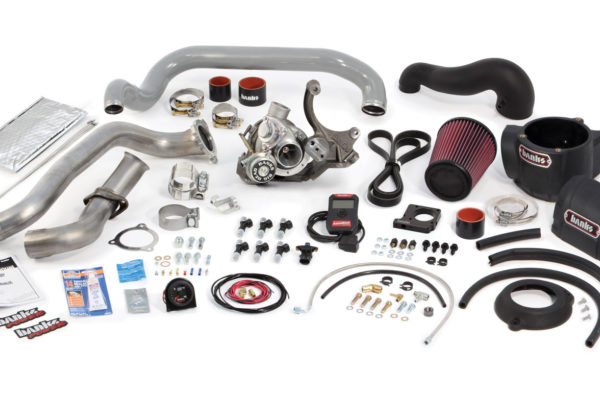
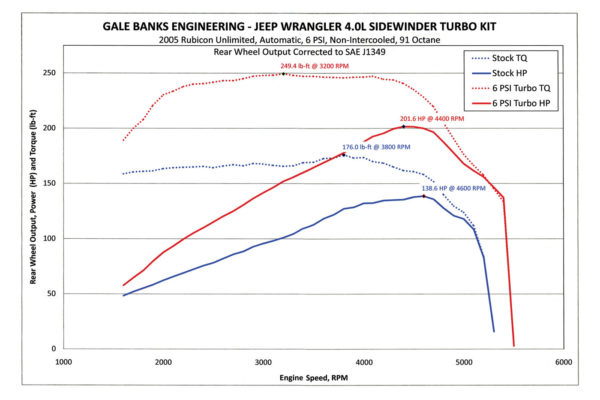
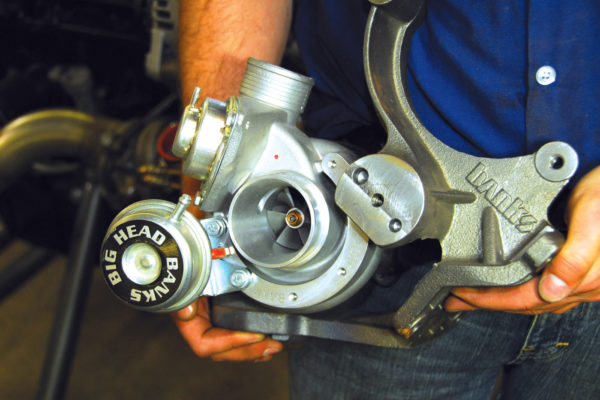
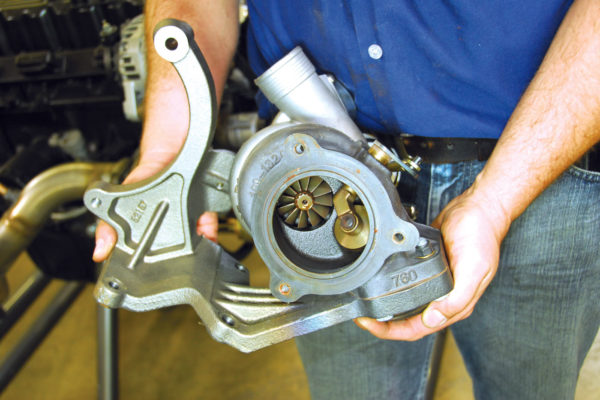
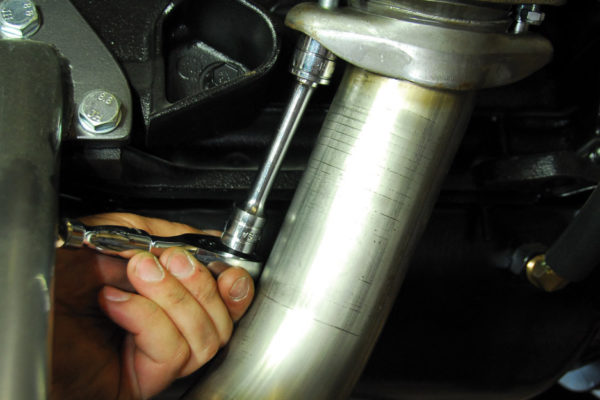

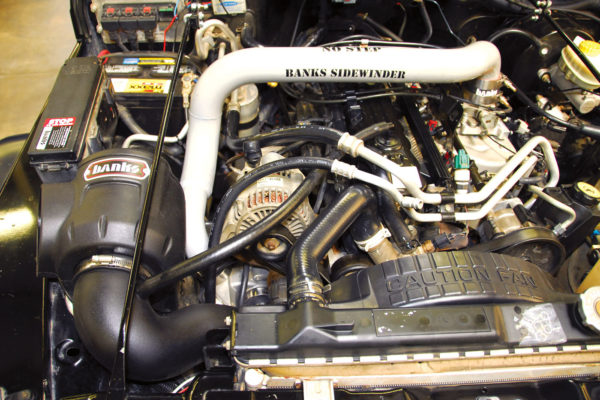

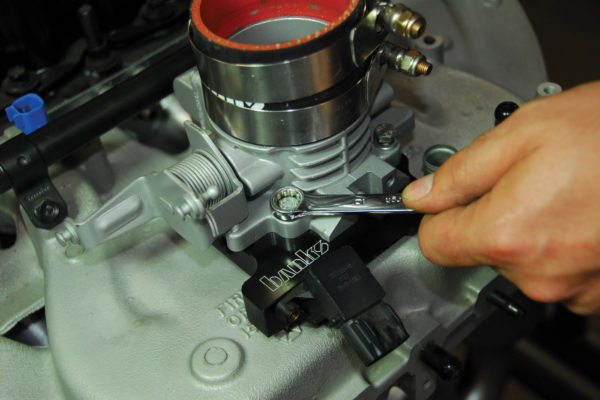
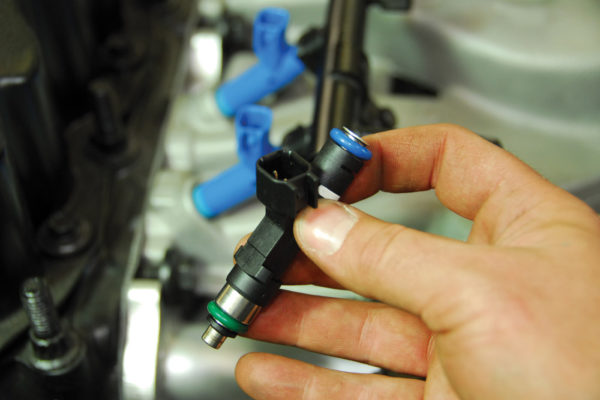
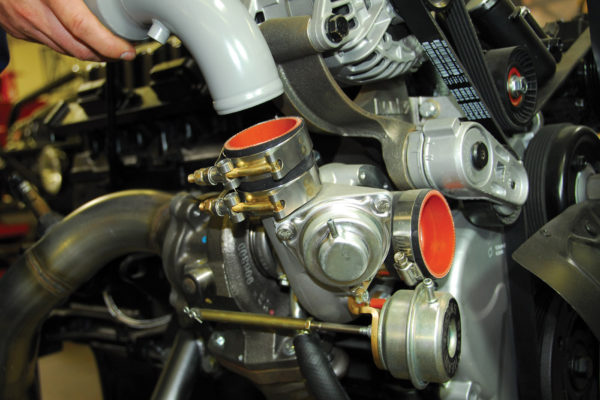


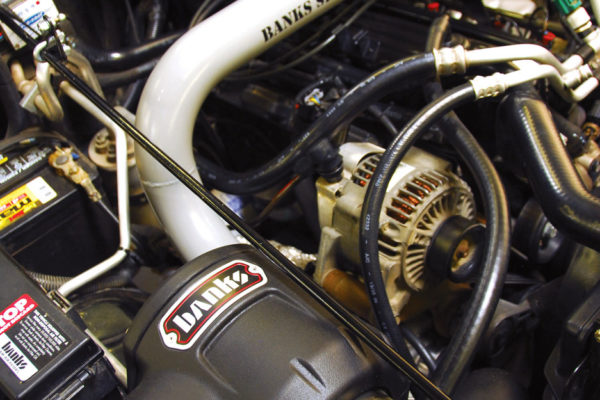

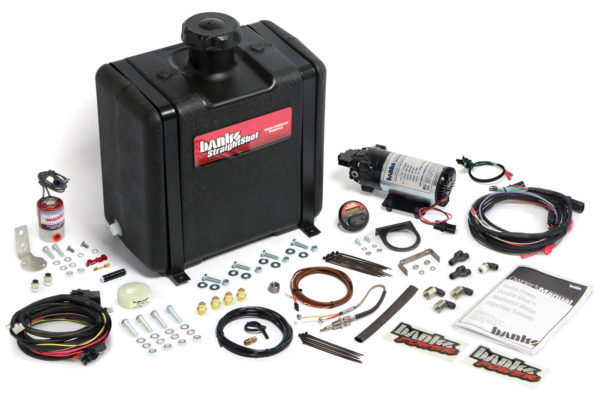
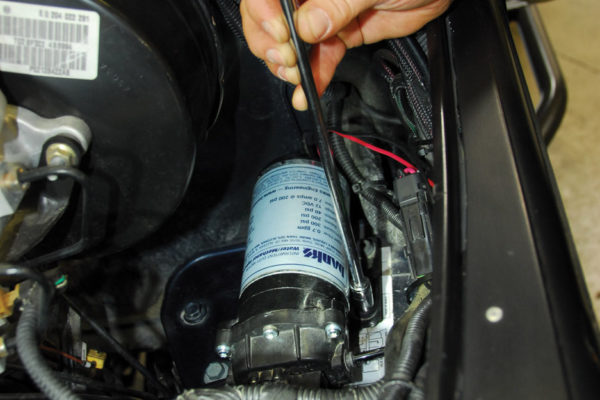
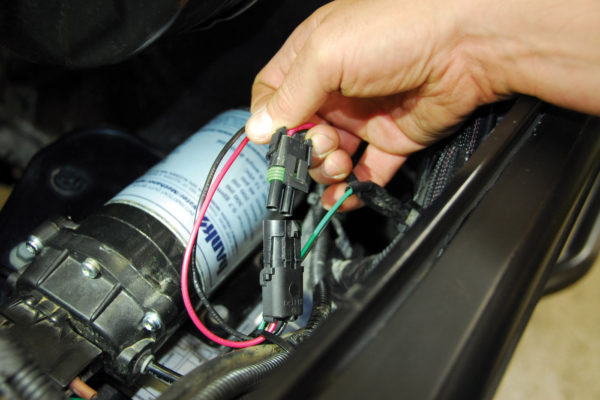
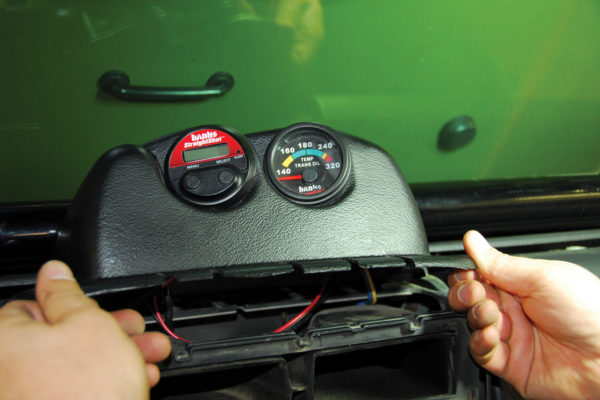
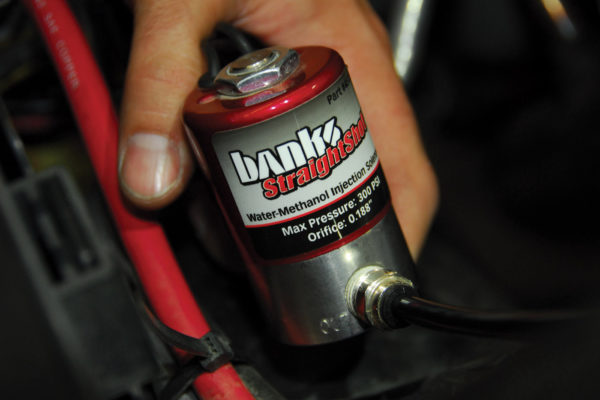
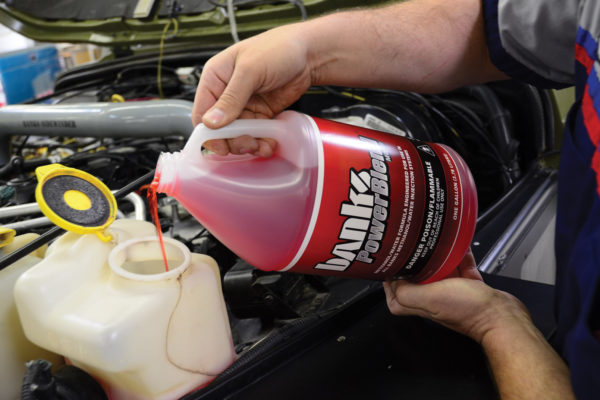
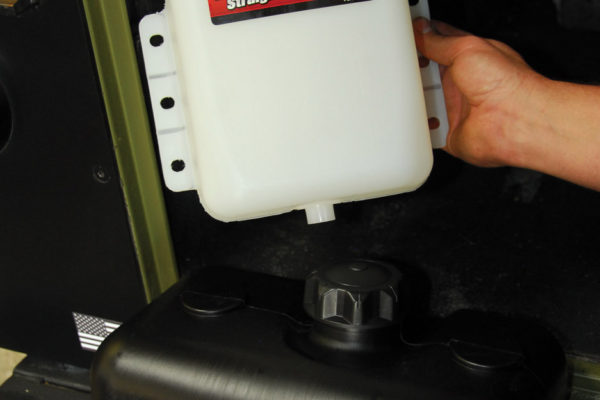
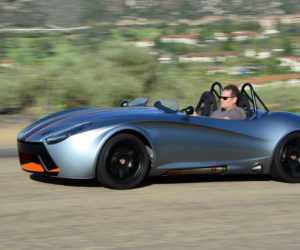
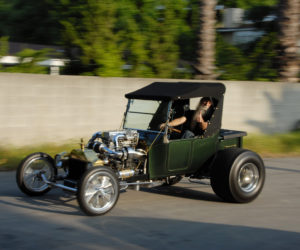
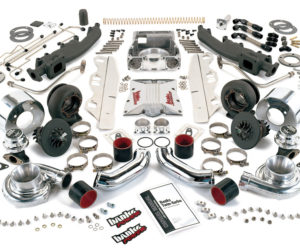
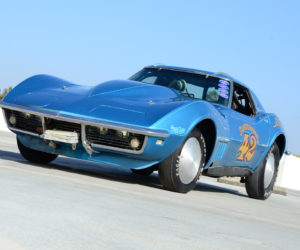
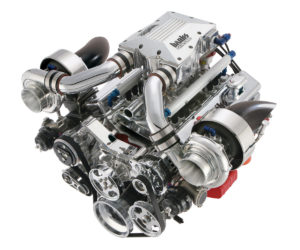





Comments for: Pumping Iron
comments powered by Disqus